While most breweries specialise in a core line of beers, that’s not the route Dundee’s Holy Goat has gone down. And it’s paying off.
Inside a small industrial unit just off Hawkhill, Johnny Horn, James Scanlan and Gary Stewart make beer magic happen.
From Goat Wizard and Hand of Doom to Holy Mountain and Summer Crusher, you’ll struggle to find lagers and pilsners among Holy Goat’s creatively named brews.
The trio specialises in mixed fermentation beer, using unconventional yeasts and bacteria in their process. Many steer well clear of mixed cultures, but Holy Goat has gone all in.
“The reason most breweries don’t do both is because the mixed cultures can infect your clean beers and cause issues,” says Johnny.
“But if we focus specifically on those mixed fermentations, we can be specialists in our field and that’s the niche we’ve carved out for ourselves.
“We tend to brew a different beer each time, then some come back once a year. But we don’t focus on core styles, like traditional breweries.
“In the future, we can look at other ways of brewing the more typical beers. We brewed an IPA last year and brew stouts too, so we have room to expand.”
Key ingredient behind Holy Goat name
The real star of the show in Holy Goat sours and stouts – and the occasional porter, farmhouse ale and wheat beer – is the yeast.
While the ingredient means the beer takes longer to make, at least 12 weeks and sometimes a year, the finished products get unique and complex flavour profiles that sometimes resemble wine.
This yeast – called Brettanomyces – even gave the Mid Wynd brewery its name.
Johnny explains: “It’s known as the yeast that eats everything, keeps going and is really hardy, so it’s likened to a goat. ‘Holy’ is the reverence to that yeast.”
The brewery was born out of the Covid-19 pandemic, after owners Johnny and James met in the pub and started putting a business plan together.
With previous experience from 71 Brewing and of co-founding Vault City Brewing, Johnny wanted to brew something different with Holy Goat.
With their process of brewing and aging taking months, the brewers usually have several batches on the go at all times.
Variations of golden sours, Flanders red ales and stouts are all waiting for their time to shine. But first, fruit.
Local produce is secret to success
As well as local malt and oats, fruit and berries from Tayside and Fife are a staple ingredient.
James says: “We use a lot of local produce, that’s why things come back every year.
“If berries are in season we use them, if they’re not in season we can use citrus fruit.”
Some Holy Goat beers are fully produced with ingredients sourced within as little as 33 miles of the brewery. Local berries include tayberries, honeyberries, loganberries and gooseberries.
But the trio also looks further afield and has created brews with Vietnamese dragon fruit, Valencian clementines, Brazilian limes and Tanzanian vanilla.
“One of our favourites is Tayberries, it’s a really nice thing to have on our doorstep,” says Johnny.
“We work with local farms like Pittormie Fruit Farm to find out what fruit they’ve got coming, if it can work in a beer and if we can afford to use it in a beer.”
Using fresh fruit doesn’t always come cheap, and space is needed for the beers to age in old whisky, bourbon or wine barrels. This means the 375ml bottles start around £6.
Holy Goat around the globe
High quality ingredients and time does pay off, though. On Untappd – the social media platform for beer lovers – Holy Goat is rated Scotland’s second best brewery.
The brewers believe they have succeeded by focusing on quality and consistency.
“We’re very hard on ourselves, because we’re ultimately a consumer too, and if we don’t think it’s good enough we don’t release it,” James says.
“Our reputation would be damaged by a bad beer.
“It can be a financial pressure if you get things wrong, but luckily so far, we’ve been able to handle that well.
“We’ve had to chuck about 3,000 or 4,000 litres down the drain. Which isn’t a lot, considering each batch is around 2,000 litres.”
Since the first releases in May 2021, Holy Goat has brewed more than 50 different beers. Every single one, the trio has bottled and capped by hand.
From each batch, there are around 1,600 bottles and the rest is put into kegs. Then the beer travels around Scotland and the globe.
Johnny says: “We’ve got a personal relationship with a lot of shops and bars in Scotland.
“Since we’re a niche product, we send to all of Scandinavia, the Netherlands, France, Singapore, Australia, Hong Kong and Japan.
“We’re working on getting into as many places as we can, as we represent Scotland quite well with our local ingredients.
“It’s nice to see our beer around the world.”
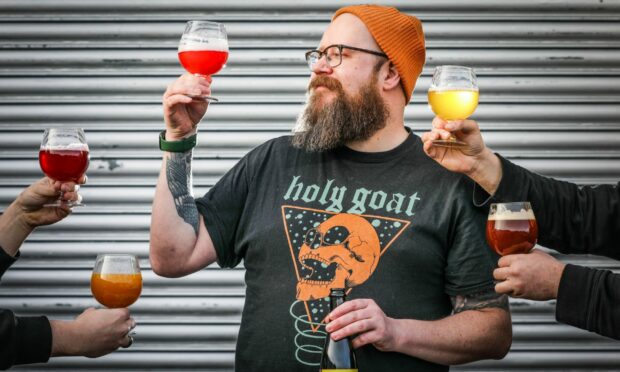
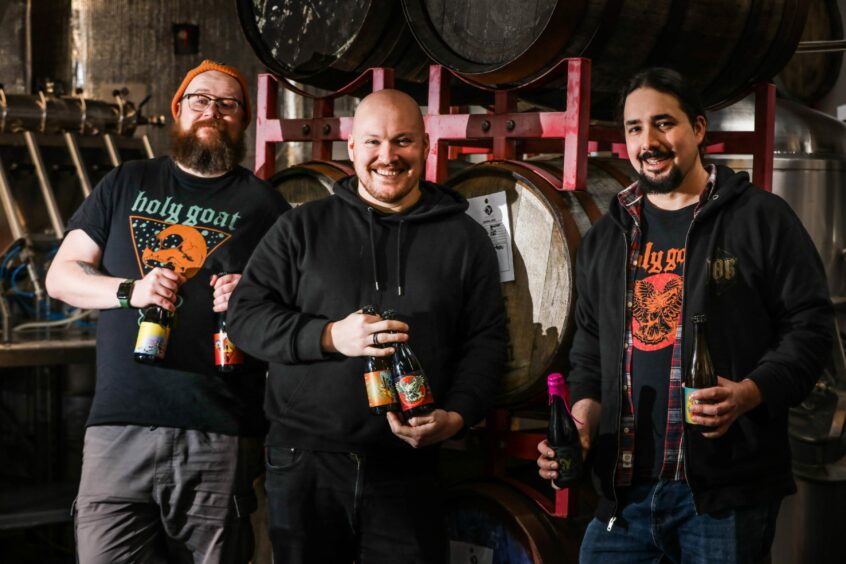
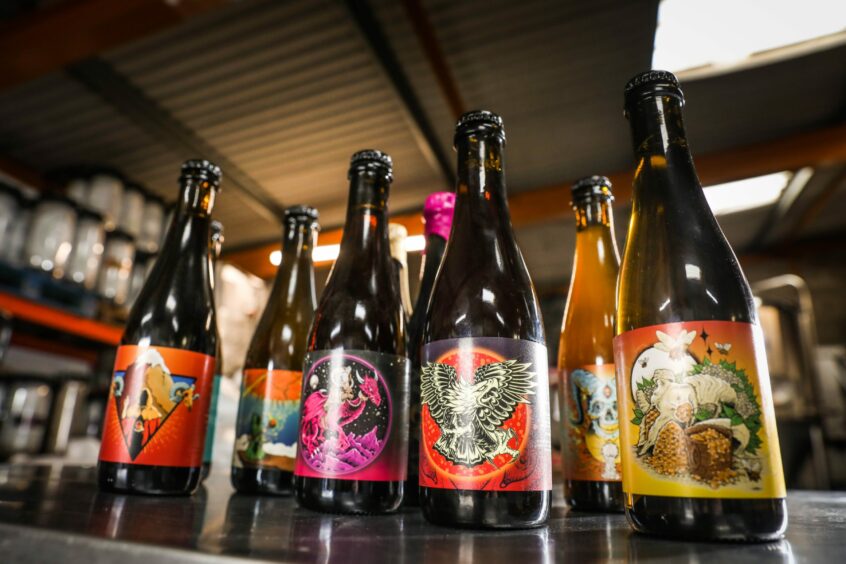
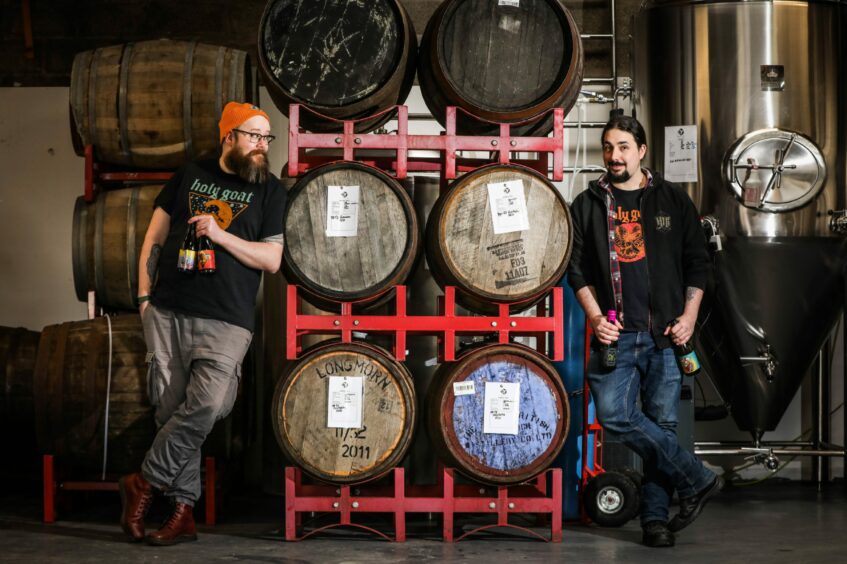
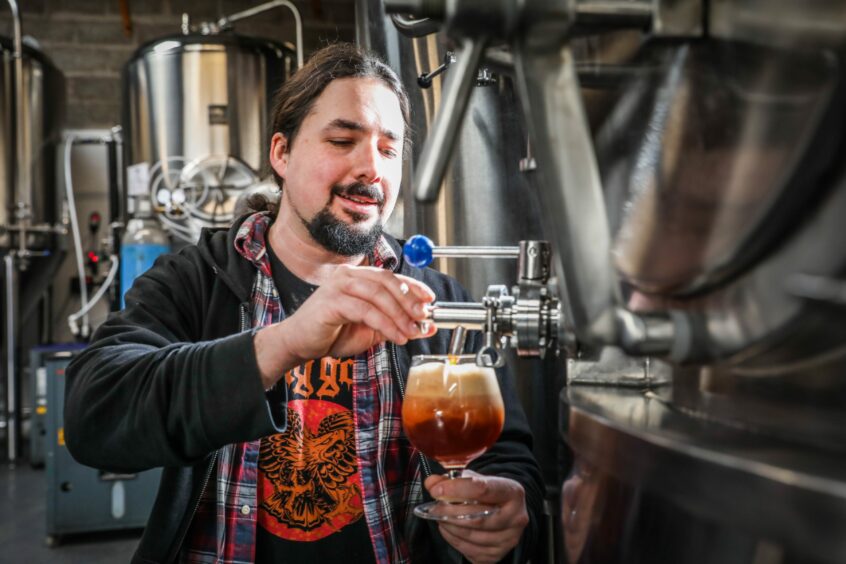
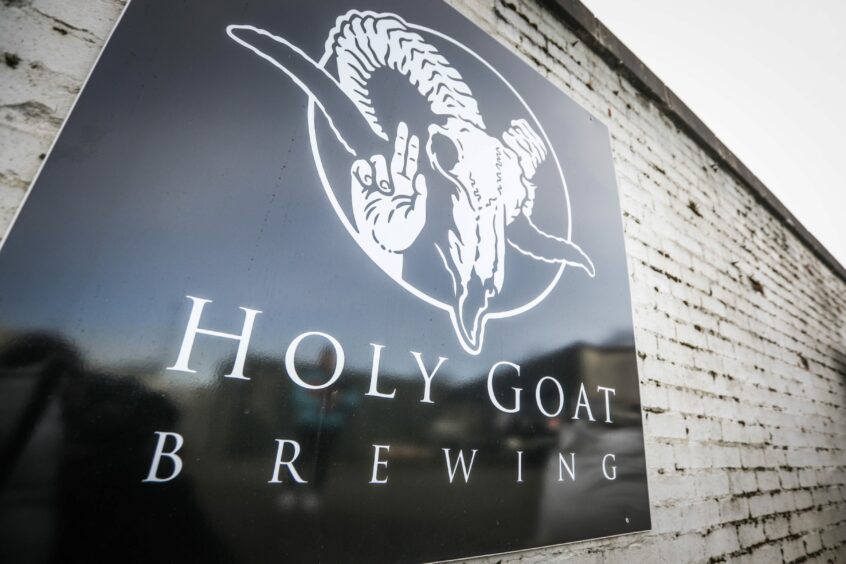






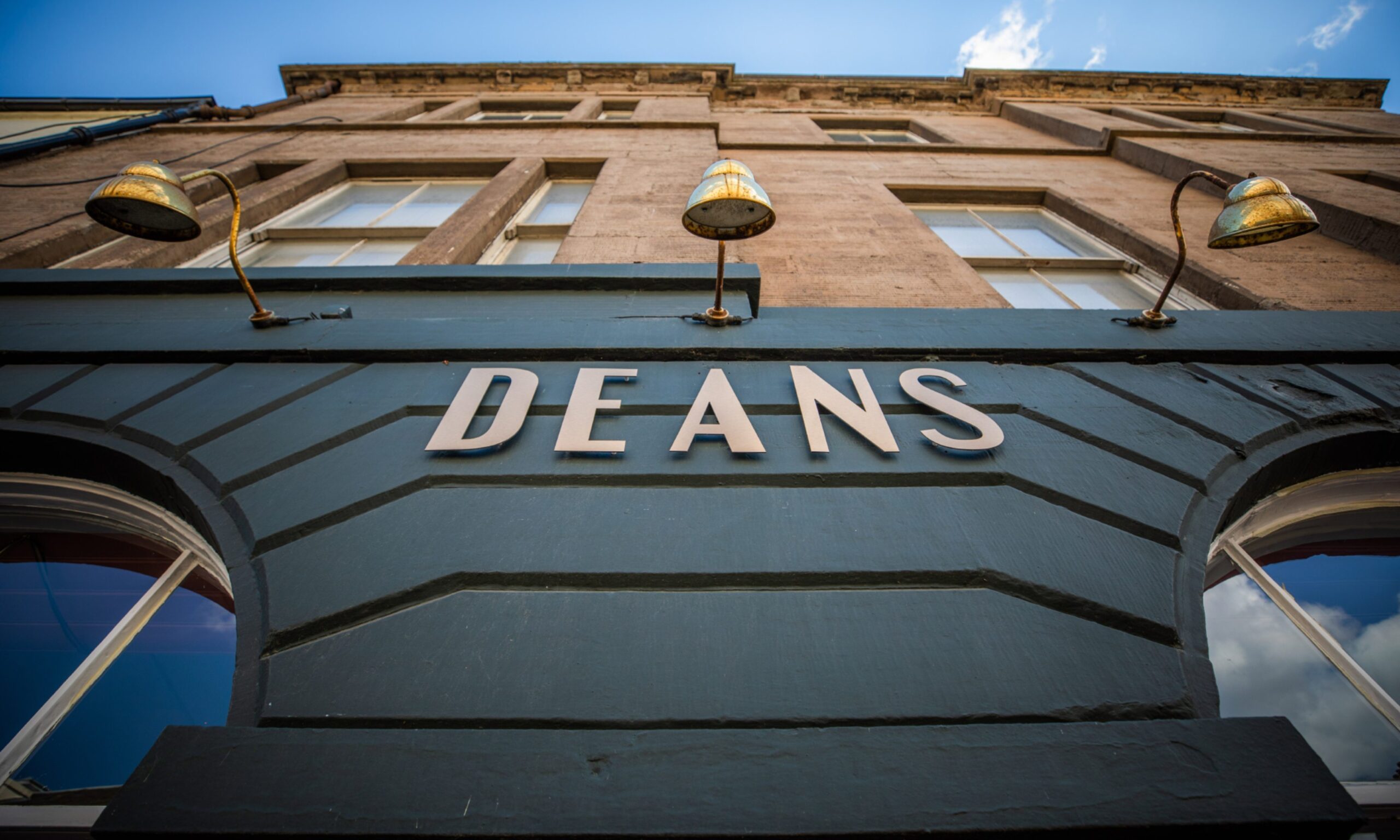
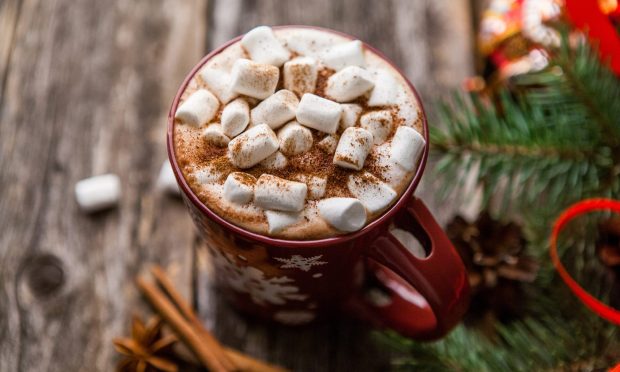


Conversation